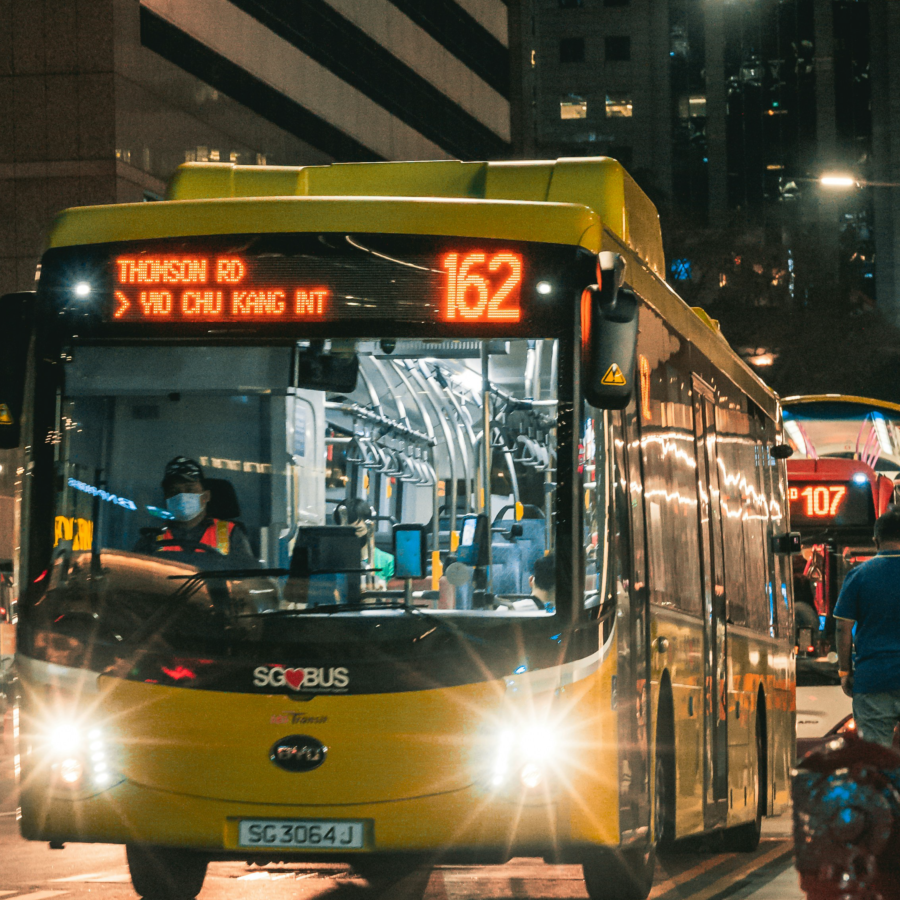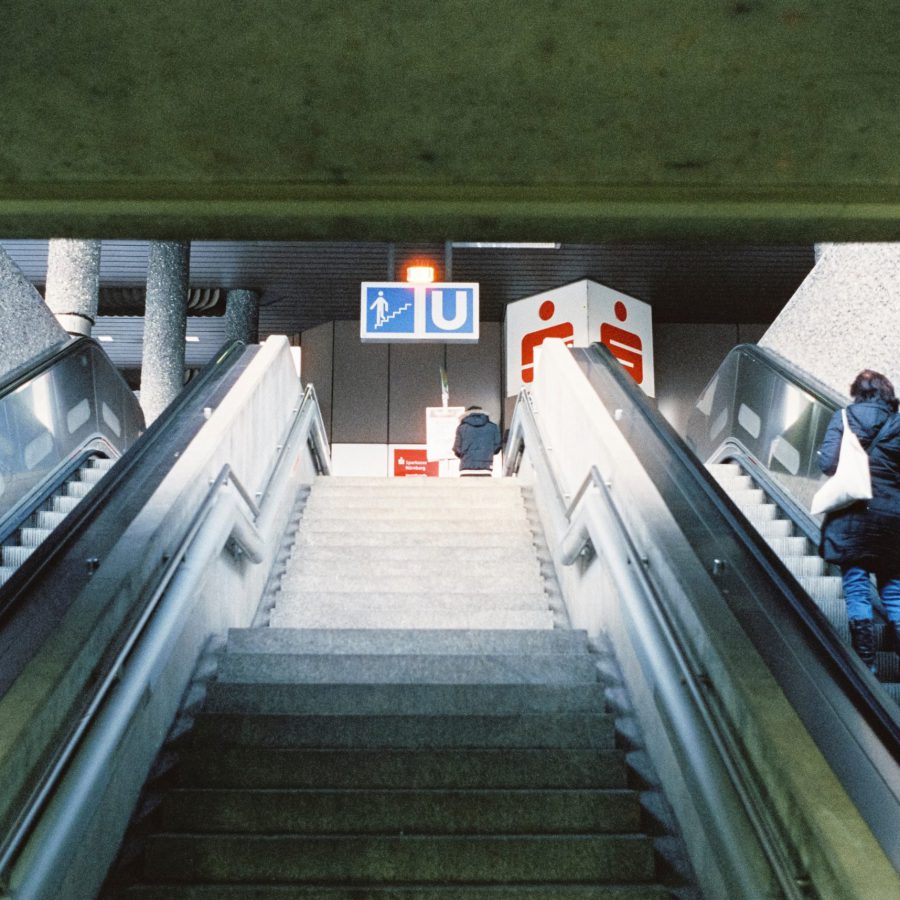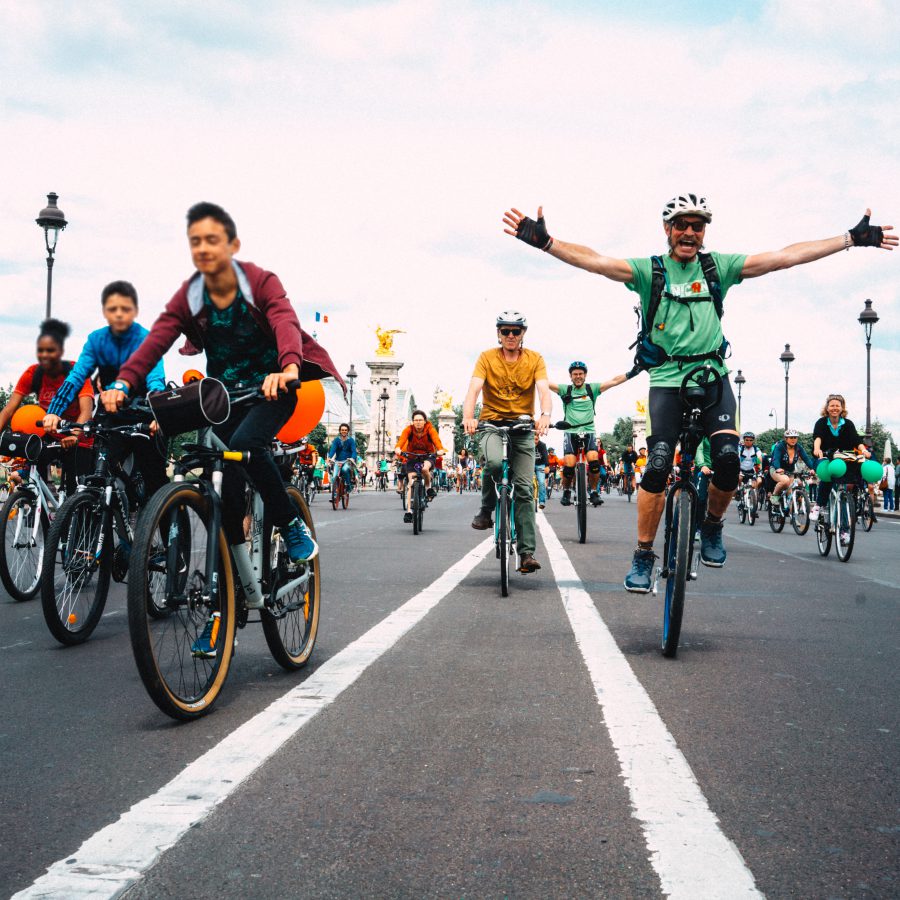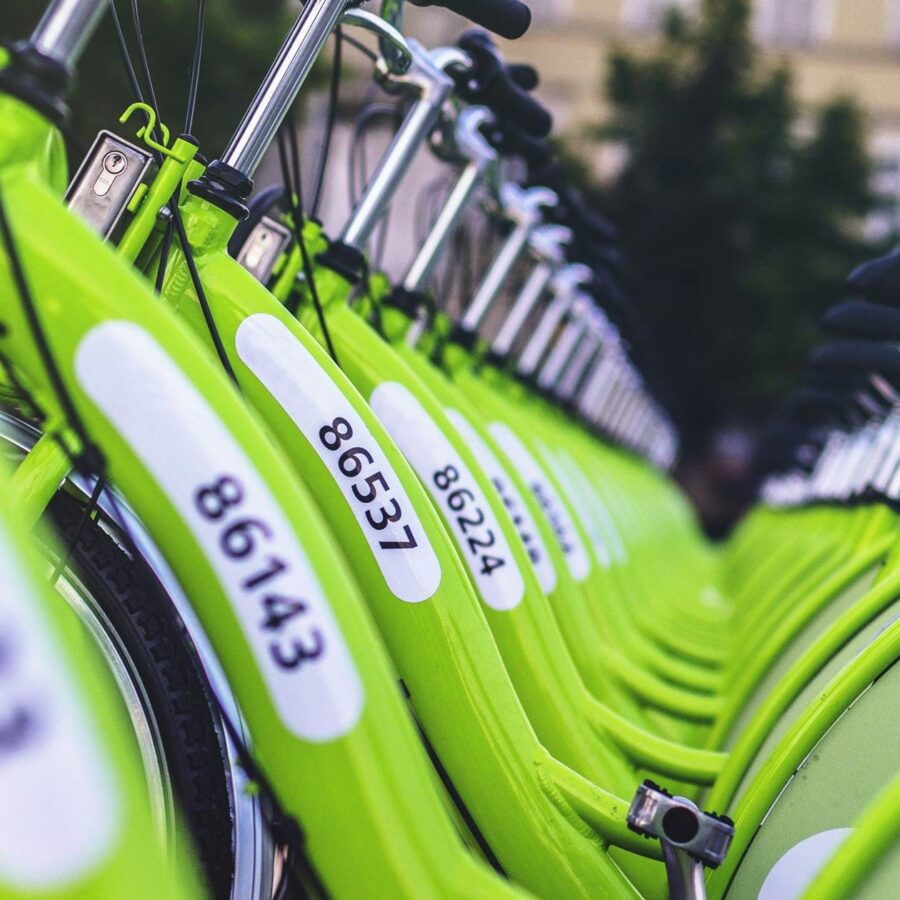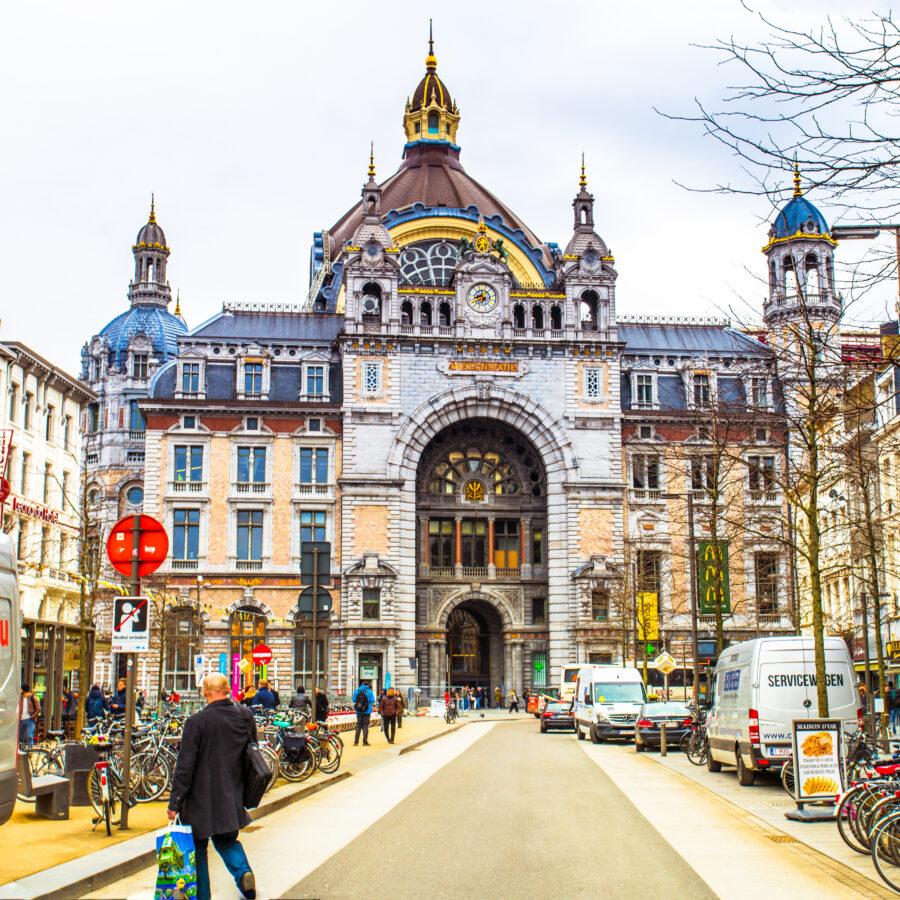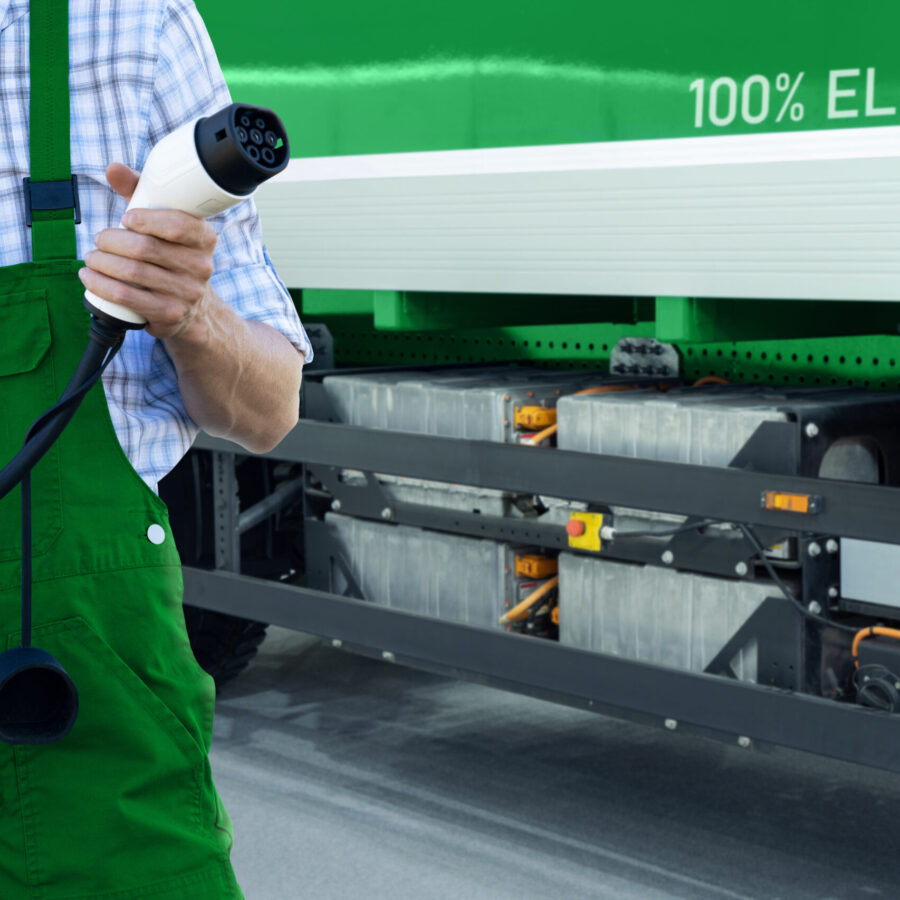mobility
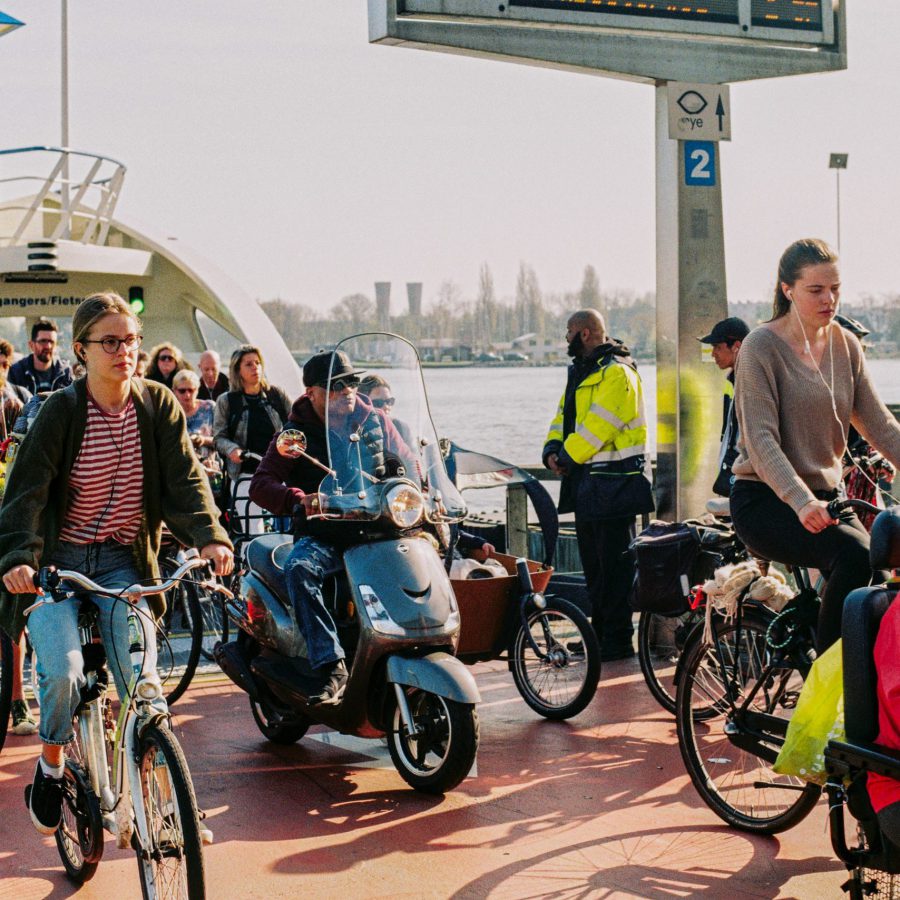
A quick intro
Moving the World
The demand for mobility is constantly growing. The true challenge is managing increasing traffic flows and rising demand while keeping both cities and rural areas accessible. Mobility brings together many actors: the government, as the provider of infrastructure, co-funder of public transportation and regulator; private-sector organizations that provide investment and technology; public transportation companies; freight operators; providers of ITS applications; and mobility service providers. Last but not least: billions of end users with changing mobility needs. As Rebels we keep our feet on the ground by looking at mobility through a financial-economic lens and focusing on realistic new financing ventures.
Each type of urban mobility, be it walking, biking, driving, or taking public transit, meets different mobility needs. A different mix of transport technologies, infrastructural constraints, and mobility preferences exist in every city around the world, making each a complex puzzle of challenges and opportunities. Rebel seizes these opportunities by focusing on emerging trends like automation and electrification, and by working in multimodal contexts from hyperloops to legacy transit to shared cars and bikes. Our work is transforming urban mobility with clients across the globe.
mobility
Check our submarkets




